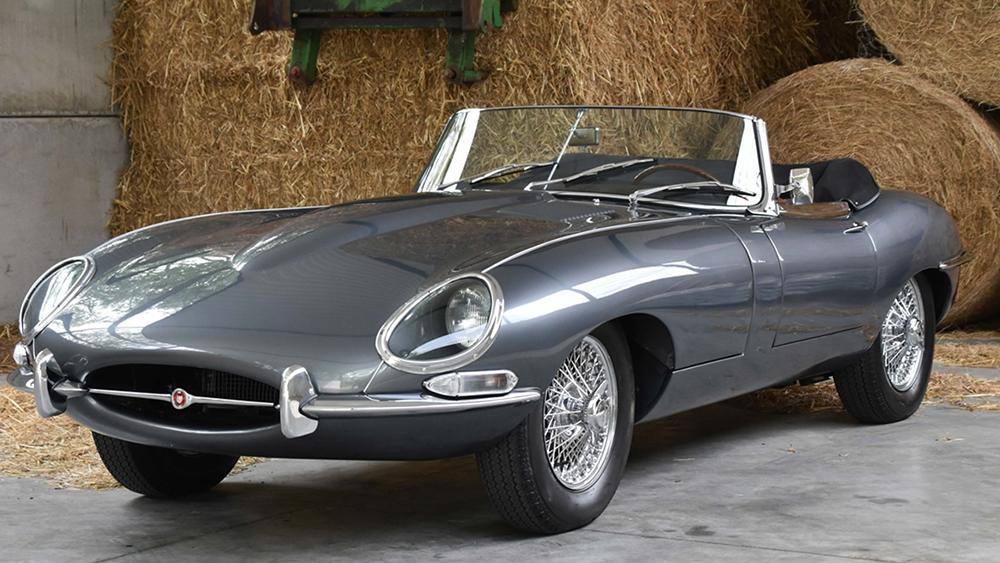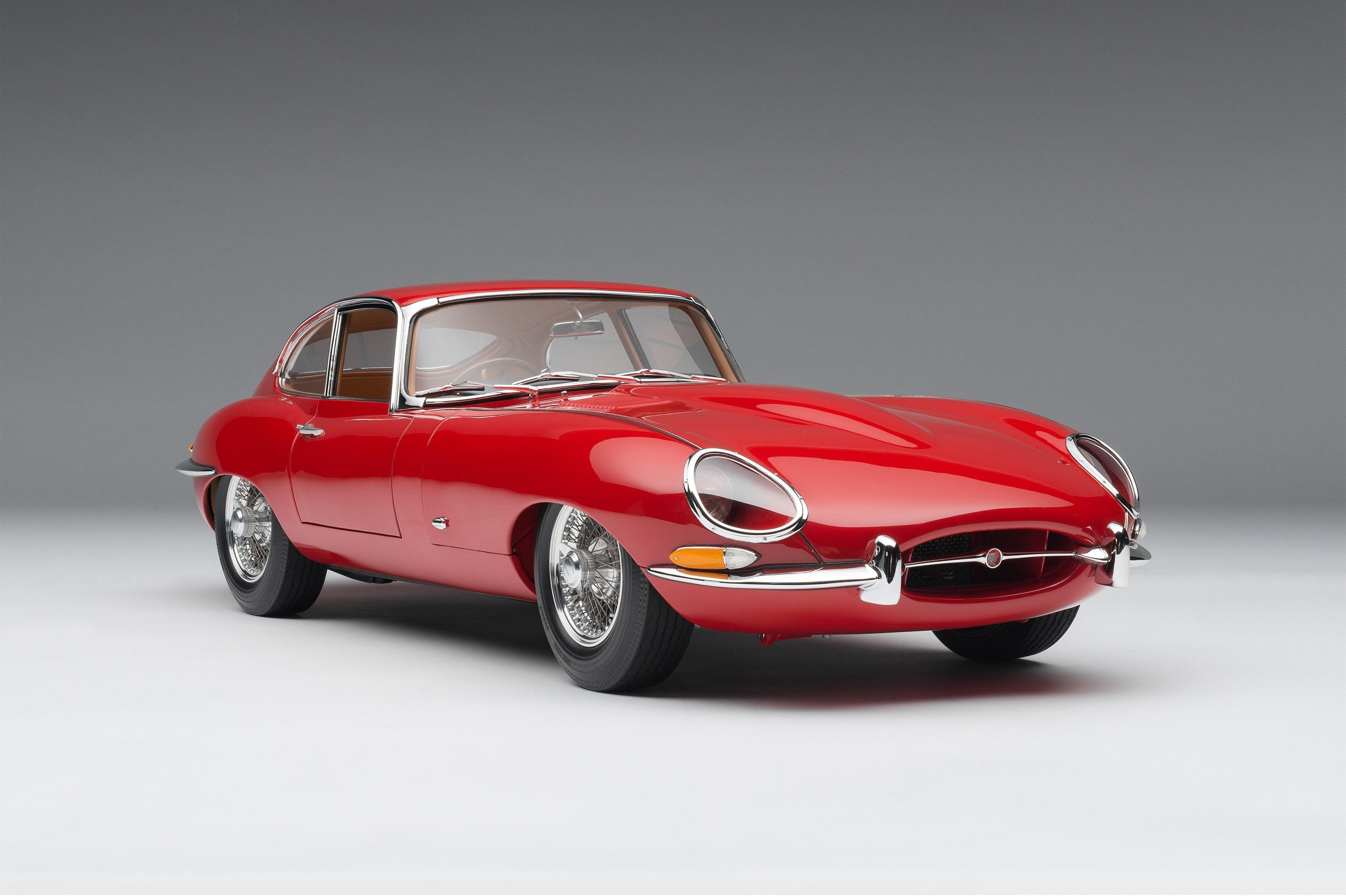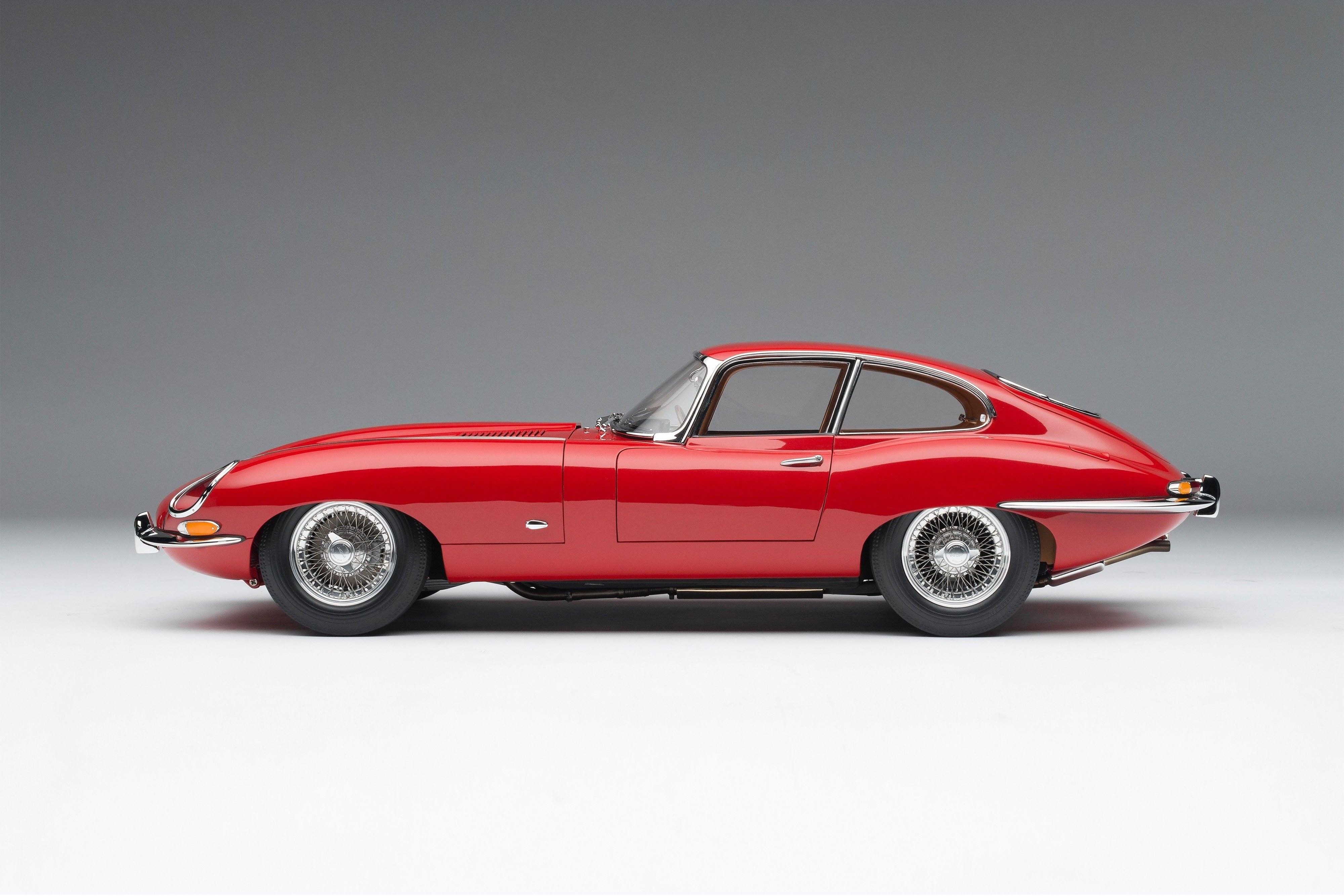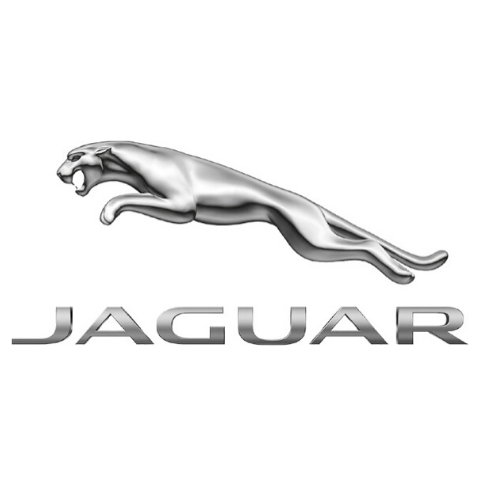1961 Jaguar E-type

The descriptions of the Classic Cars in the Directory were partly generated or supplemented with the help of artificial intelligence (AI). The content may occasionally not always be entirely accurate or factually correct despite careful checking.
The Jaguar E-type 1961 is a true automotive icon that revolutionized sports car design upon its release. This vehicle is a testament to the cutting-edge engineering of its time, with advanced features that set the standard for decades to come.
The E-type's sleek exterior design is both timeless and iconic. Its long, flowing bonnet houses a powerful 3.8-liter six-cylinder engine, which was capable of producing 265 horsepower at 5500 rpm. This power is transmitted to the rear wheels via a four-speed manual transmission with synchromesh on all gears.
The engine is equipped with a pair of SU carburetors, an updated version of the previous carburetor assembly that provides a more precise fuel delivery to each cylinder. The engine bay is also fitted with twin electric fans that help manage the temperature of the engine.
The E-type's suspension features independent wishbones on the front and rear, along with coil springs and telescopic dampers. This setup provides exceptional handling and ride quality, while the rack-and-pinion steering provides excellent feedback and control.
Disc brakes are used on all four wheels, a truly advanced feature for its time. These were aided by Jaguar's Dunlop racing calipers, which were well-proven on the racing circuits of the day.
The car rides on a set of Dunlop Roadspeed tires, which measure 6.00-16 at the front and 7.00-16 at the rear. These wheels are fitted with knock-off wire wheels, which were a hallmark of the E-type's design.
Inside the car, the driver is presented with a wood-rimmed steering wheel, a set of Smiths gauges, and comfortable leather seats. The dashboard is finished in wood veneer and features an array of switches and controls.
The E-type's body is constructed using a monocoque design, which incorporates the car's frame into the body structure itself. This results in a lightweight, yet rigid, chassis that is resistant to torsional flex.
Overall, the Jaguar E-type 1961 is a truly impressive machine that represents the pinnacle of automotive engineering of its time. Its combination of speed, handling, and comfort still make it a sought-after vehicle by enthusiasts all over the world.
Milestones
- March 1961: The Jaguar E-type is unveiled at the Geneva Motor Show. - April 1961: Road & Track magazine conducts a road test of the E-type and declares it to be the "most outstanding sports car in the world." - May 1961: The first production E-type is completed and delivered to customer Ian Appleyard. - August 1961: The E-type wins the Tourist Trophy race at Goodwood. - December 1961: The E-type is named "Car of the Year" by Motor magazine. - 1961-62: Jaguar produces 1,111 E-types for the model year, establishing it as a popular and successful sports car.Technical
- Engine: 3.8 L XK inline-six engine - Power output: 265 hp at 5,500 rpm - Top speed: 150 mph - Acceleration: 0-60 mph in 7.1 seconds - Transmission: Four-speed manual or three-speed automatic - Suspension: Independent front suspension and live rear axle - Brakes: Disc brakes on all four wheels - Wheelbase: 96 inches - Length: 175 inches - Width: 65 inches - Weight: 2,900 pounds - Body style: Coupe or convertible - Production years: 1961-1975 - Production quantity: 70,000 units approximately.



